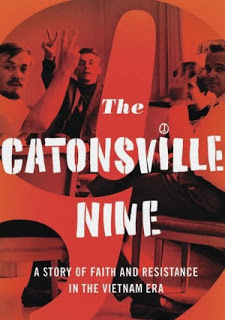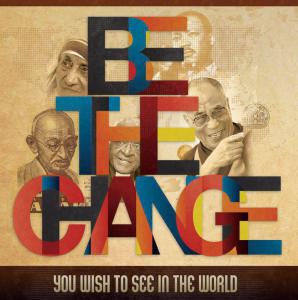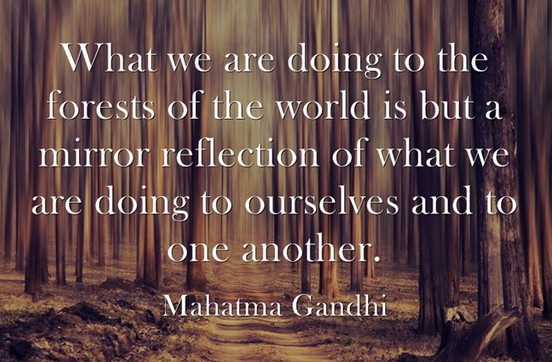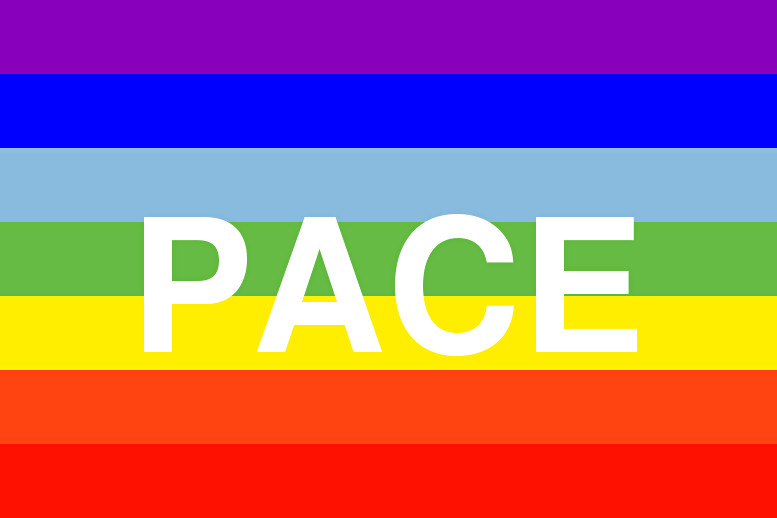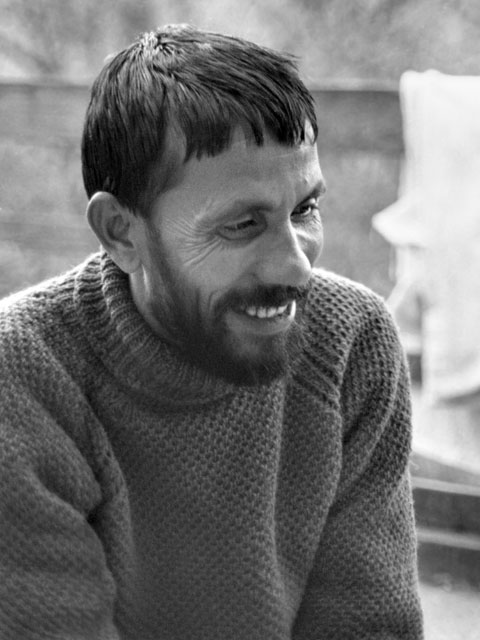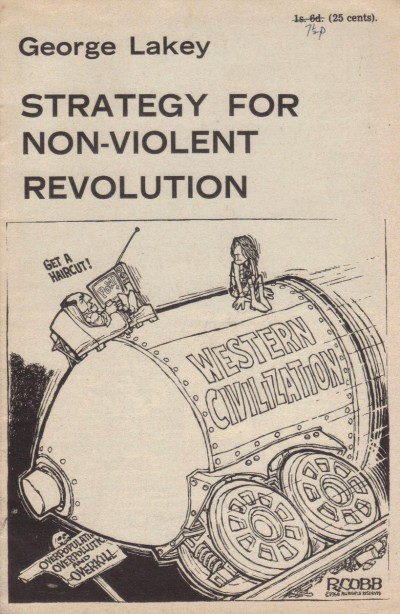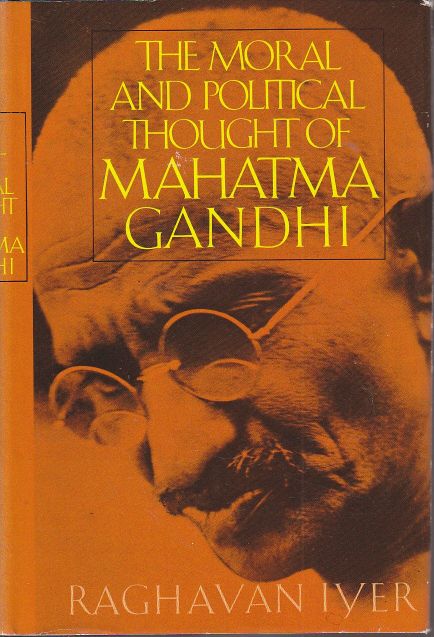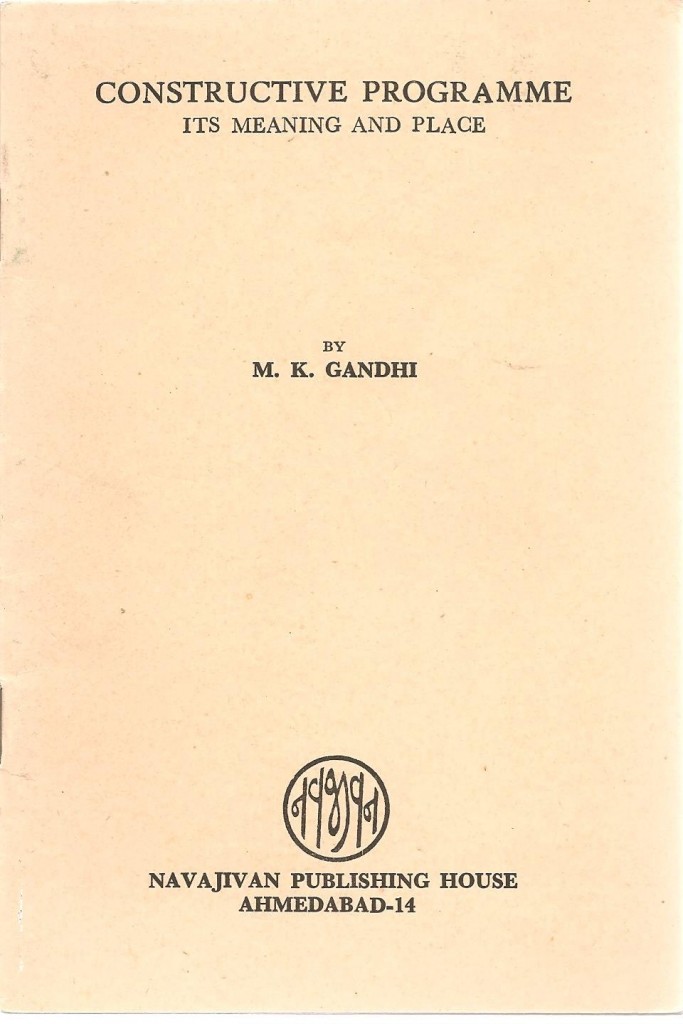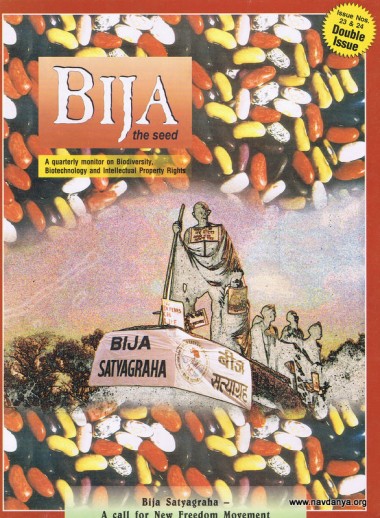Book Review: The Catonsville Nine: A Story of Faith and Resistance in the Vietnam Era by Shawn Francis Peters
The Catonsville Nine protest has often been described as one of the most significant pacifist protests of the Vietnam War era, or, in the words of the actor Martin Sheehan, “arguably the single most powerful antiwar act in American history.” But was it nonviolent, and why should it matter to ask?
All of the Nine were catholic clergymen or laity and took their inspiration, as they said, from the Sermon on the Mount, Vatican Council II, and the recent encyclical of Pope Paul VI, Populorum Progressio (“On the Development of Peoples”). They were grounded in the Christian pacifism of Tolstoy and Dorothy Day, and influenced by the social message and call to action of Liberation Theology.
As Shawn Francis Peters writes in his arresting history, The Catonsville Nine (Oxford University Press, 2012), “They framed their protest as a call to rouse their church from its slumber regarding peace and social justice issues.” And as one of the Nine, Tom Melville declared, “Our church has failed to act officially, and we feel that as individuals we’re going to have to speak out in the name of Catholicism and Christianity.” The protest action was rich in symbols; it resembled a ritual. As they set fire to the nearly 400 draft files with their own homemade napalm, they spoke of the flame as “more than a mechanism for destroying the draft files. It was an enduring Christian symbol that evoked Pentecost.” Daniel Berrigan prayed that the flame would “light up the dark places of the heart, where courage and risk were awaiting a signal, a dawn.”


